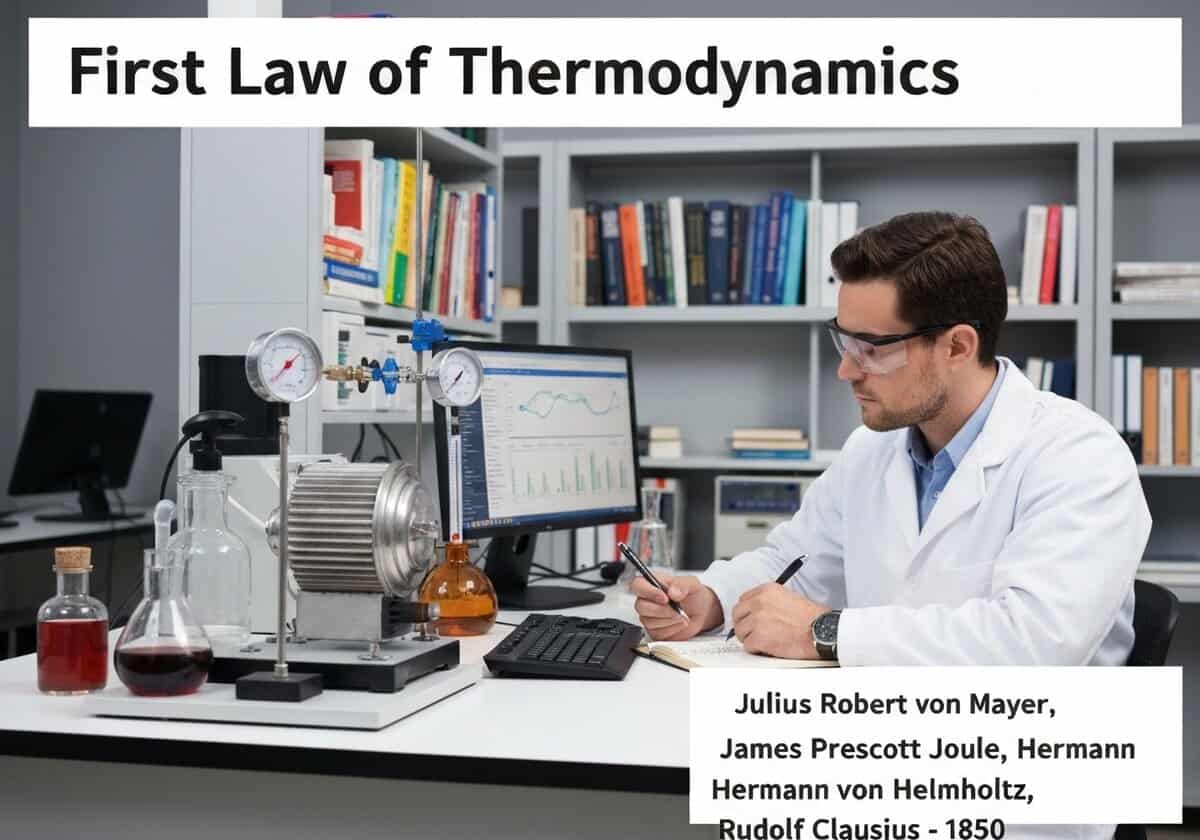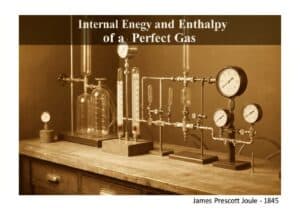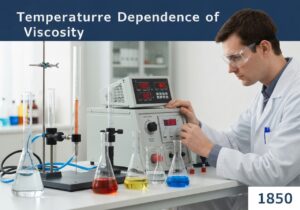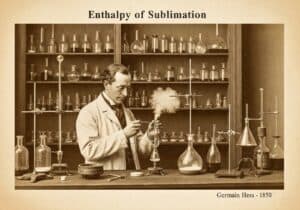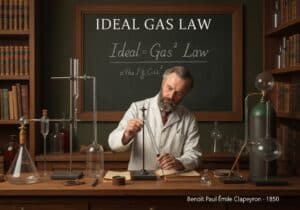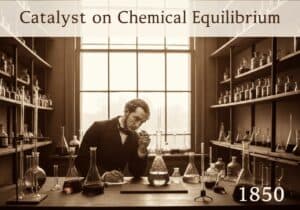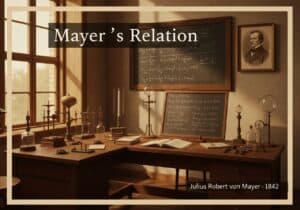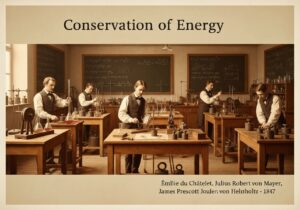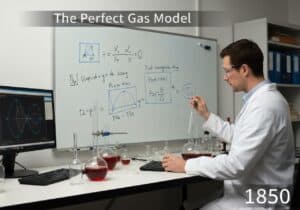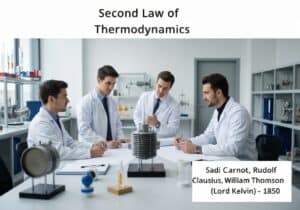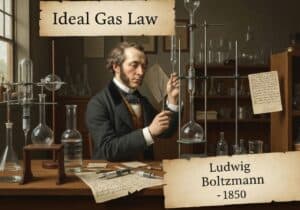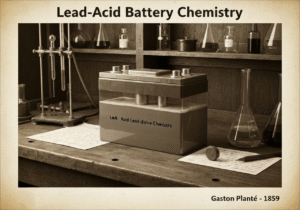The First Law is a statement of the conservation of energy. It posits that the change in a closed system’s internal energy (\(\Delta U\)) is equal to the heat supplied to the system (\(Q\)) minus the work done by the system on its surroundings (\(W\)). The governing equation is \(\Delta U = Q – W\). This law links heat, work, and internal energy, establishing heat as a form of energy transfer.

